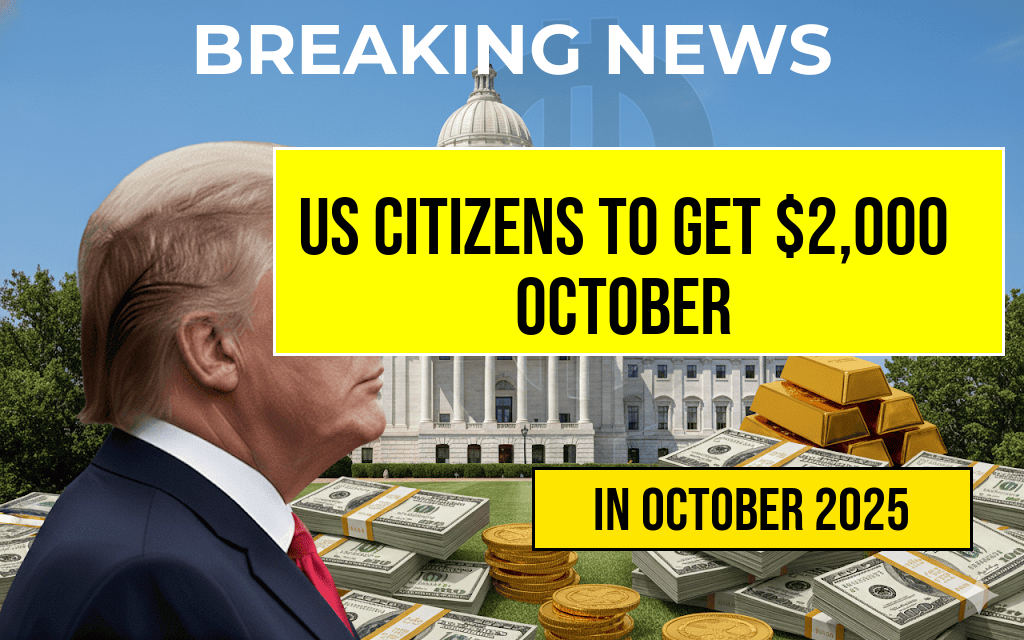Employees aiming to boost their retirement savings will find significant news in the upcoming year: the 401(k) contribution limit for 2025 has surged to $23,500. This marks a notable increase from the previous cap of $22,500 in 2024, reflecting ongoing efforts by federal regulators to enhance retirement preparedness amid rising living costs. The boost provides workers with more flexibility to maximize their tax-advantaged retirement accounts, potentially accelerating their journey toward financial security. Employers and financial advisors are expected to encourage increased contributions, especially as inflationary pressures persist and the need for substantial retirement savings intensifies. This adjustment underscores a broader trend of policymakers adjusting retirement savings thresholds to keep pace with economic shifts and inflation, aiming to support Americans in building more robust nest eggs for their later years.
What the 2025 401(k) Contribution Limit Means for American Workers
Understanding the New Cap
The $23,500 contribution limit applies to the total amount employees can contribute to their 401(k) accounts in 2025. This limit encompasses both traditional pre-tax contributions and Roth after-tax contributions. For individuals who participate in employer-sponsored plans, this increase offers a substantial opportunity to accelerate savings. It is especially relevant for high earners or those who have been unable to contribute the maximum in previous years due to lower limits.
Comparison with Previous Years
| Year | Employee Contribution Limit |
|---|---|
| 2023 | $22,500 |
| 2024 | $22,500 |
| 2025 | $23,500 |
The consistent increases over recent years reflect adjustments for inflation, allowing savers to contribute more without exceeding IRS limits. The annual increases are determined by the IRS based on cost-of-living adjustments, which have become more significant in recent years due to inflationary trends.
Impact on Retirement Planning
For many workers, this increase could translate into thousands of additional dollars saved annually. For example, a worker contributing the maximum limit each year from age 30 to 65 could significantly boost their retirement corpus. Financial planners recommend maximizing contributions whenever possible, especially given the tax advantages associated with 401(k) plans. The higher contribution cap is particularly advantageous for high-income earners, self-employed individuals, and those who have late-started retirement savings.
Regulatory Context and Future Outlook
How the Limits Are Determined
The IRS updates 401(k) contribution limits annually based on the Consumer Price Index (CPI). The goal is to maintain the real value of retirement savings and prevent inflation from eroding purchasing power. The increase to $23,500 for 2025 follows a series of gradual adjustments over the past decade, aligning with broader economic conditions. The IRS typically announces these limits in October, allowing employers and employees to plan for the upcoming year.
Other Retirement Plan Limits and Changes
- Annual addition limit: The total contributions to an employee’s account, including employer contributions, cannot exceed $66,000 in 2025.
- Catch-up contributions: For participants aged 50 and above, an additional $7,500 can be contributed, raising their total possible contribution to $31,000.
- Employer contribution limits: Employers can contribute up to 25% of an employee’s compensation, with total contributions capped at the annual addition limit.
These figures collectively shape retirement saving strategies, emphasizing the importance of maximizing contributions within the legal framework to secure a comfortable retirement.
Practical Steps for Employees and Employers
Maximizing Contributions
Employees should review their current contribution levels and consider increasing them to take advantage of the new limit. Automating contributions through payroll deductions can simplify the process and ensure consistent savings. Financial advisors advise regular reviews of retirement plans to adjust for income changes and inflation.
Employer Involvement and Benefits
Employers play a vital role in promoting higher savings rates by offering matching contributions and educational resources. Many companies are reviewing their 401(k) plans to accommodate the increased contribution limits and incentivize employees to save more. Additionally, some employers provide financial wellness programs that guide workers on making the most of their retirement accounts.
Looking Ahead
The upward adjustment of the 401(k) contribution limit highlights ongoing efforts to bolster Americans’ retirement readiness. As economic conditions evolve, policymakers and financial institutions will continue to monitor and adjust these thresholds. Staying informed about these changes enables workers to optimize their savings strategies and prepare adequately for life after employment.
For more details on retirement planning and IRS regulations, visit the IRS official site and Wikipedia’s overview of retirement savings in the U.S..
Frequently Asked Questions
What is the new 2025 401(k) contribution limit?
The 401(k) contribution limit for employees has increased to $23,500 in 2025, allowing for greater retirement savings.
Who is eligible to contribute the maximum amount in 2025?
Employees who are under 50 years old can contribute up to the $23,500 limit, while those aged 50 and above may make catch-up contributions on top of this amount.
Are there any changes to catch-up contribution limits for 2025?
Yes, employees aged 50 or older can make an additional $7,500 in catch-up contributions, bringing their total possible contribution to $31,000.
When do the new contribution limits take effect?
The 2025 contribution limits are effective starting from the calendar year 2025, allowing employees to plan their contributions accordingly.
How does the increase in contribution limits impact retirement savings strategies?
The increase to $23,500 enables employees to save more for retirement each year, helping to reach financial goals faster and take advantage of tax-deferred growth opportunities.





